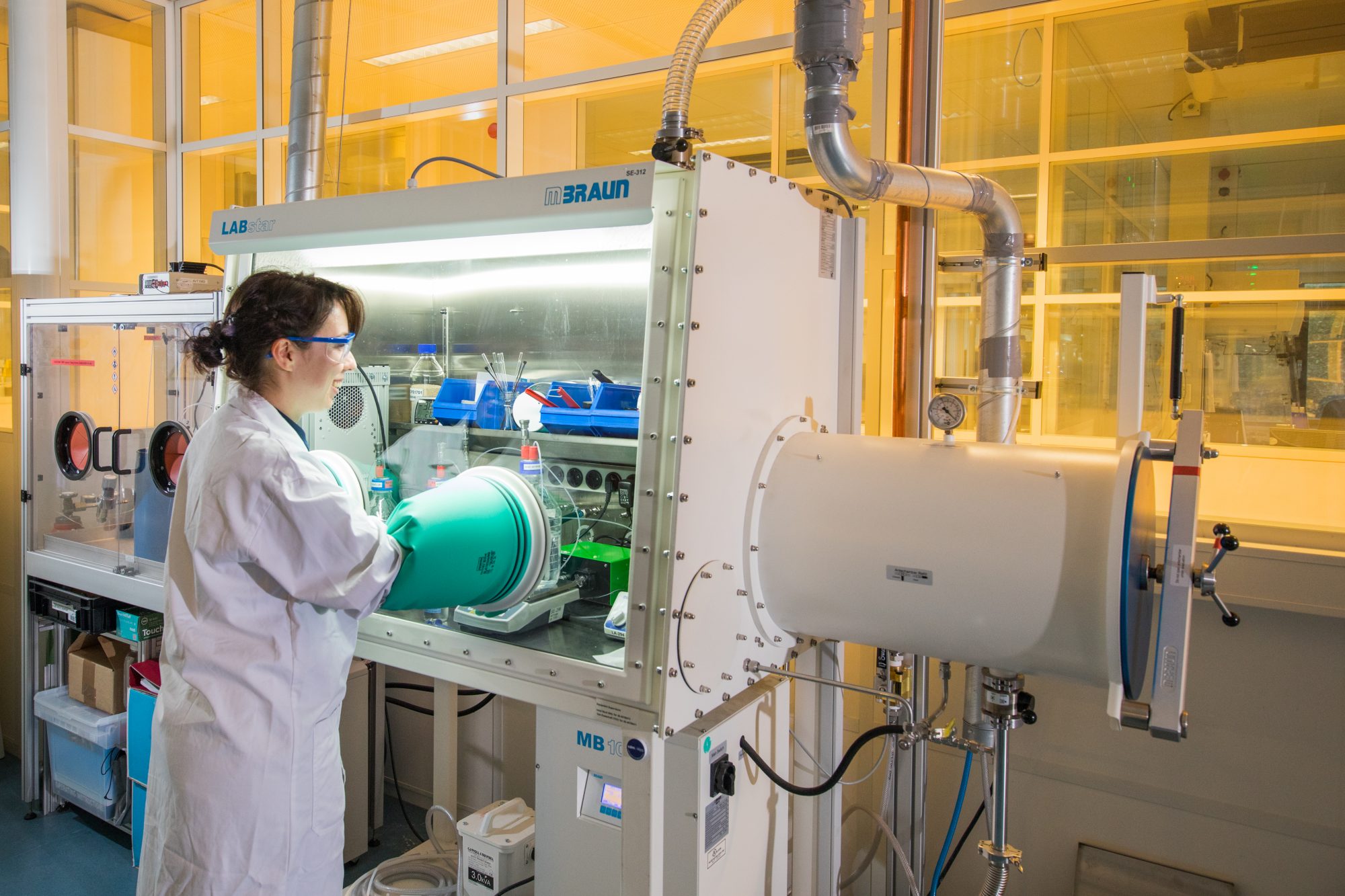Yes, We Can!
Handling your sensitive chemistry
A common concern in the chemical industry is the testing of chemistries with moisture and oxygen sensitive catalysts. Doing so in a reliable, reproducible and safe manner can prove prohibitive to many R&D facilities. If there was a way to even run those chemistries in a high throughput experimentation mode, perhaps those processes can be improved faster than ever before.
Drying-out a large testing set-up can take a long time and is often unsuccessful due to moisture pockets, etcetera. Small and compact testing equipment offers a significant advantage over larger set-ups with bigger volumes of tubing and reactors, due to the reduced efforts to apply an inert atmosphere from the sample preparation to the final start of the test run.
Furthermore, an easy to use reactor loading which allows a catalyst exchange in seconds can significantly reduce the risk of contamination with traces of moisture or oxygen during the loading. But, this is only one part of the total workflow. Taking other factors like the amount of chemicals used and the accuracy of control into account then our Flowrence Technology based systems have an intrinsic advantage of handling those kinds of chemistries over more conventional high throughput systems.
Within Avantium we are faced with those challenges on a regular base and have, therefore, made multipurpose laboratories available for such tests. But perhaps even more important, we have the right experts to handle those chemistries from the feed preparation down to the analytical results.
As an example you can see in the pictures above two tailored solutions we developed for a customer to execute a high margin hydrocarbon conversion chemistry with moisture in the low ppm level in the hydrocarbon feed in a high throughput way for the first time. This required new ways of thinking for feed and reactor handling under inert conditions and the transfer into the unit.




